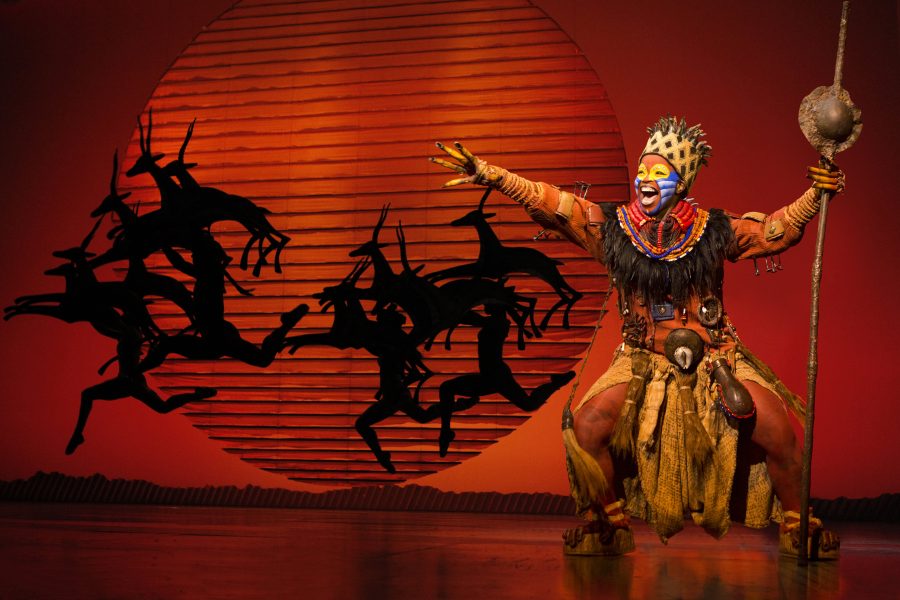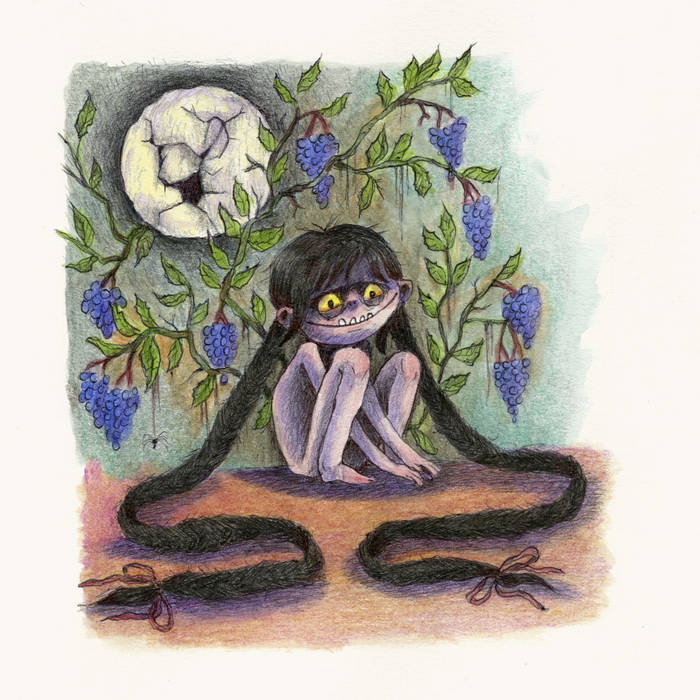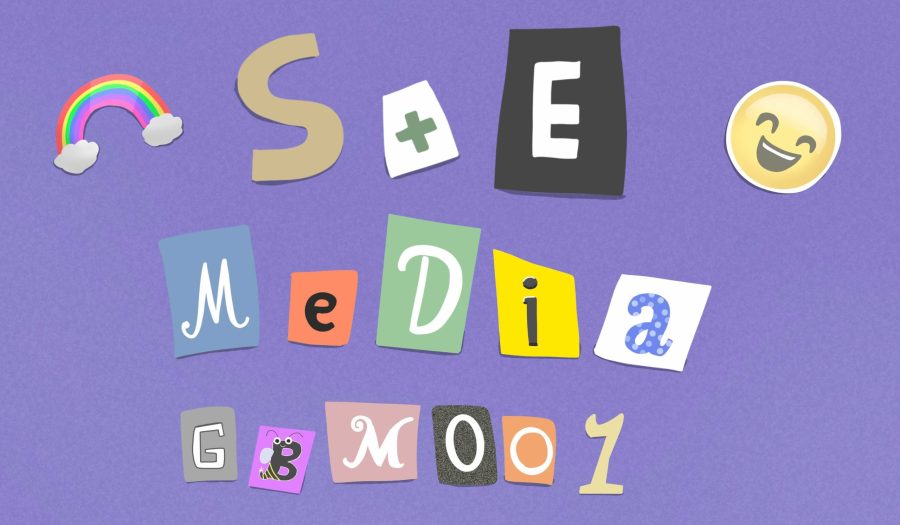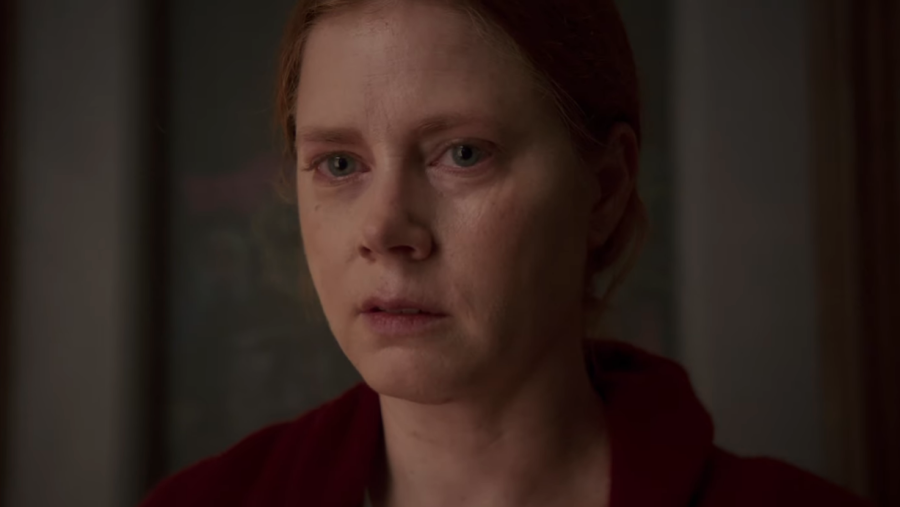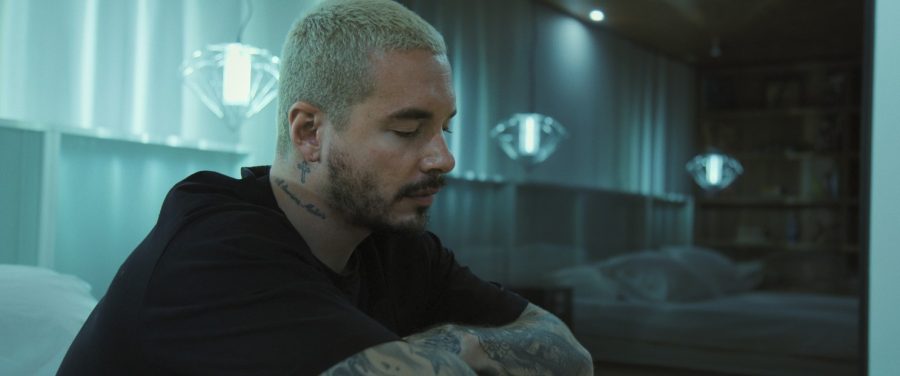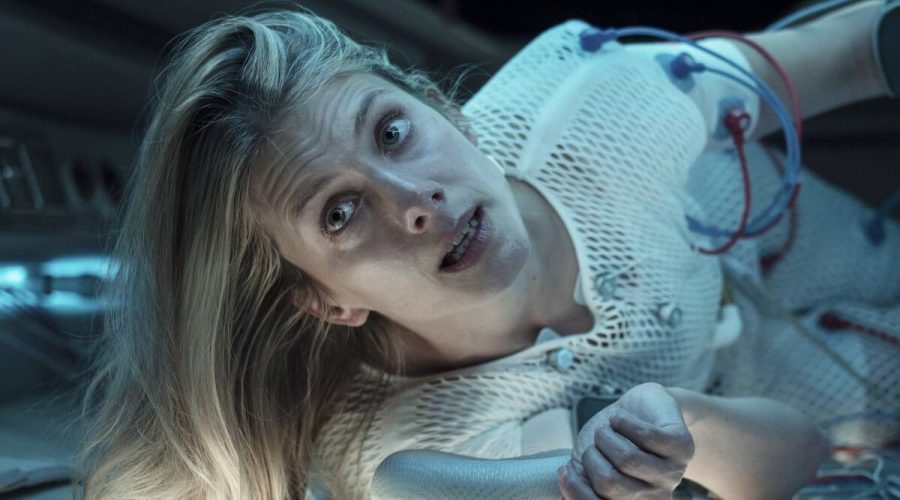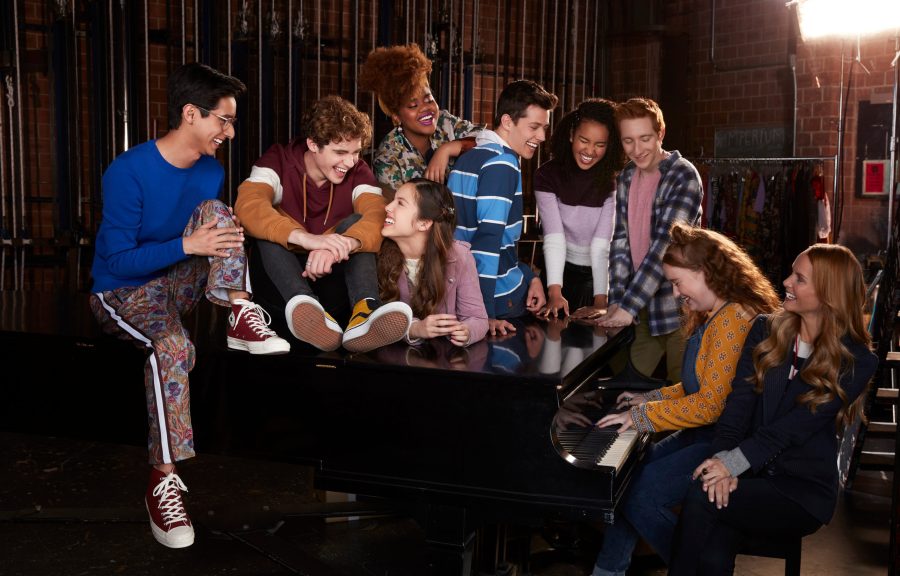Changing media is a risky bet. For every “Godfather,” carefully cultivated by a Coppola from Puzo’s prose, there’s an adaptation of “Transformers” with a budget equivalent to the GDP of a small European nation. Nostalgia is undoubtedly at the forefront of this “reboot mania” shift, where studios seek to mine the most out of each property: a Trojan horse that allows sentimentality to be exploited for cheap cashouts. Julie Taymor’s adaptation of “The Lion King” plays the game right by paying great attention to the intricacies of the theatre and creating a hyper-specific vision that stretches the technical boundaries of what can be done on stage.
Adapting a popular animation classic that in itself was an adaptation of a much older English classic (“Hamlet”) seems a bit like overdoing the trusty bard’s work, but the timeless themes of betrayal and family allow for the true magic to take form through raw execution. That’s why this story worked both onstage in the 1500s and why it was still capable of making five-year-olds cry in 1994’s finest theaters. A return to the stages where it once roamed in its youth can even be seen as (but what else?) the circle of life.
Held high with first-rate performances from a great cast, but especially with Mark Campbell’s hammy smarm as Scar, the play is confident enough to highlight the marvels of elaborate stage and costume design without detracting attention from essential elements. Featuring a live orchestra and a 134-person team, the result is an operative alchemy that shows how a well-greased village of people can meet the demands of a big budget play to create an ambitious experience.
This is a feat of human engineering. The illusion of movement in livelier scenes, free to transform from a run in the grass into a spectacular dance number at a moment’s notice, is a sight to behold because there’s a marriage of technical mastery and sleight-of-hand that’s so involving it lets the imagination take a break. Actors contort their bodies and take control of whimsically crafted costumes. Everything else succeeds, in no small part, to attentive live drummers and rich voices.
A young Simba, played by both BJ Covington and Julian Rivera-Summerville, spends his youth in the African savannah as Mufasa’s prodigal son. The boyish charms of Simba are necessary for the more lighthearted fare in the show. Minor quibbles in Covington’s and Rivera-Summerville’s performances are easily overlooked by their “aw shucks” factor and incredible physicality (seeing a 10-year-old backflip is a surreal moment). Although Simba runs around as freely as he takes adults’ warnings, that laissez-faire attitude towards perspectives much wiser than his own is manipulated by Scar — the catalyst for Simba’s necessary journey.
The Elephant Graveyard sequence is subject to a few weak numbers that chip away at the darkness instead of relying on a simple, bare-bones number, and as a result this throws off the precise balance of theatricality. Playing to a 10-year-old’s sense of humor reeks of a market-driven yearning for social relevance — a creative misstep for Disney despite the play’s classical trappings. Some scenes ended in a quick joke or two about other contemporary Disney properties (like an ill-advised refrain from “Let It Go”), but Timon and Pumbaa’s presence was more than enough for proper comedic relief.
“The Lion King” is rarified comfort food — not exciting enough to make us rethink any of the preconceptions we have of the property, but exciting enough to stir up and capitalize on our videotape nostalgia.
Rating: B+
Director: Julie Taymor
Writers: Irene Mecchi & Jonathan Roberts & Linda Woolverton
Starring: Mark Campbell, Gerald Ramsey, Buyi Zama, Nic Cordileone, Drew Hirshfield, Ben Lipitz
Runs: September 7 – October 2, 2016
Location: San Diego Civic Theatre
Photo by Matthew Murphy


